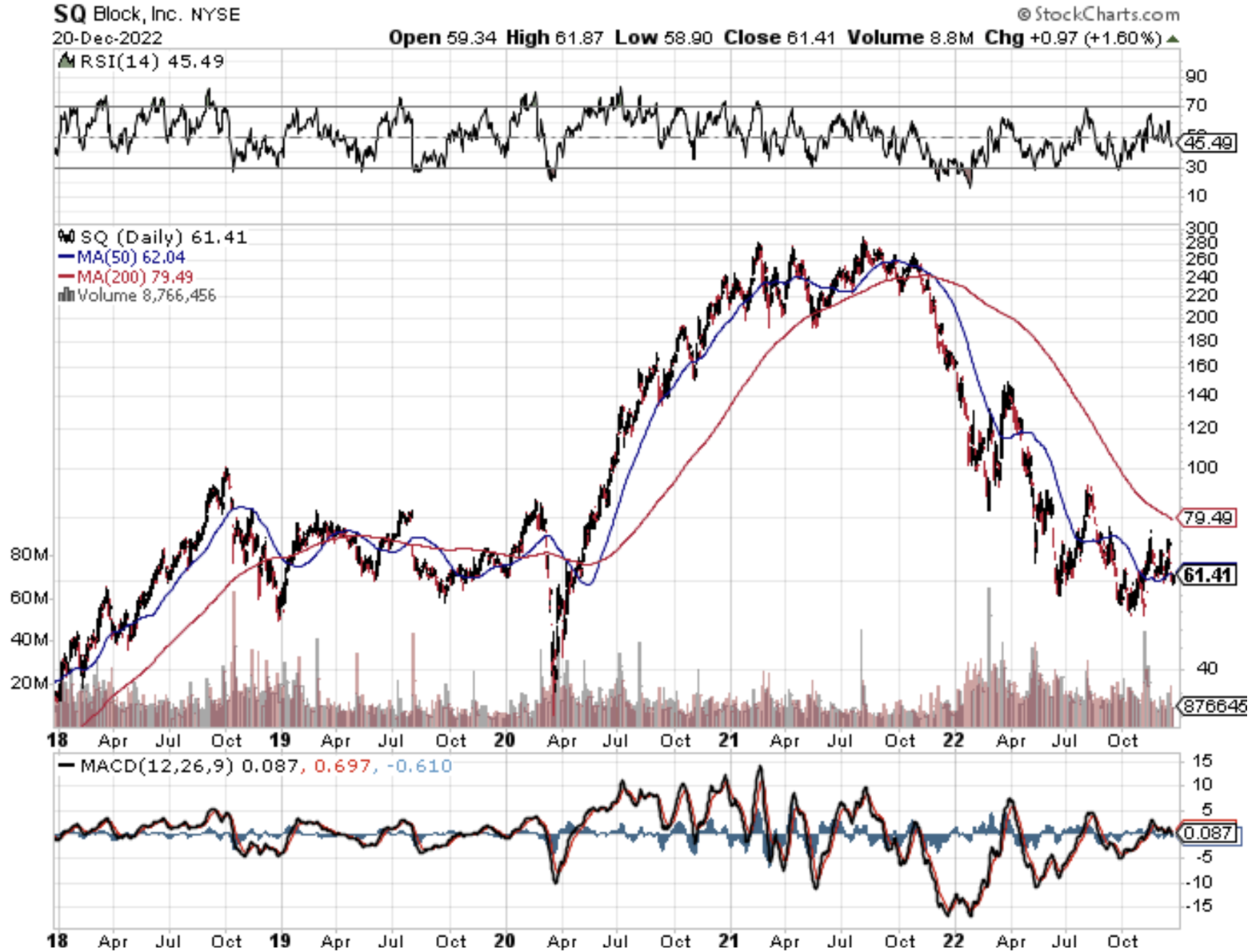Automation is taking place at warp speed displacing employees from all walks of life.
Next could be you!
According to a recent report, the U.S. financial industry will depose of 200,000 workers in the next decade because of automating efficiencies.
Yes, humans are going the way of the dodo bird and banking will effectively become algorithms working for a handful of executives and engineers.
The x-factor in this equation is the $250 billion annually that banks spend on technological development in-house which is second highest after the traditional tech giants.
Welcome to the world of lower cost, shedding wage bills, and boosting performance rates.
We forget to realize that employee compensation eats up around 50% of bank expenses.
The 200,000 job trimmings would result in 10% of the U.S. banking sector getting axed.
The hyped-up “golden age of banking” should deliver extraordinary savings and premium services to the customer at no extra cost.
This iteration of mobile and online banking has delivered functionality that no generation of customers has ever seen.
Gutting bank jobs will naturally occur in the call centers first, because they are the low-hanging fruit for the automated chatbots.
A few years ago, chatbots were suboptimal, even spewing out arbitrary profanity, but they have slowly crawled up in performance metrics to the point where some customers are unaware they are communicating with an artificially engineered algorithm.
The wholesale integration of automating the back-office staff isn’t contained to the rudimentary part of the staff.
The front office will experience a 30% drop in numbers sullying the predated ideology that front office staff are irreplaceable heavy hitters.
The front-office staff has already felt the brunt of downsizing with purges carried out from 2022 representing a twelfth year of continuous decline.
Front-office traders and brokers are being rapidly replaced by software engineers as banks follow the wider trend of every company transitioning into a tech company.
The infusion of artificial intelligence will lower mortgage processing costs by 30% and the accumulation of hordes of data will advance the marketing effort into a potent, multi-pronged, hybrid cloud-based, and hyper-targeted strategy.
The last two human bank hiring waves are a distant memory.
The most recent spike came in the 7 years after the dot com crash of 2001 until the sub-prime crisis of 2008 adding around half a million jobs on top of the 1.5 million that existed then.
After the subsidies wear off from the pandemic, I do believe that the banking sector will quietly put in the call to trim even more.
The longest and most dramatic rise in human bankers was from 1935 to 1985, a 50-year boom that delivered over 1.2 million bankers to the U.S. workforce.
This type of human hiring will likely never be seen again in the U.S. financial industry.
And if you thought that this phenomenon was limited to the U.S., think again, Europe is by far the biggest culprit by already laying off 100,000 employees in 2022.
Even Europe’s banking jewel Credit Suisse is on the brink of collapsing and in need of a bailout.
Don’t tell your kid to get into banking, because they will most likely be feeding on scraps at that point.
An interesting tech stock that integrates financial payments is Square (SQ) which has given back its entire pandemic performance.
As US interest rates are expected to peak and go down in 2023, I recommend dollar cost average into this stock at bargain basement prices.

THE LAST STAGE OF HUMAN-FACING BANK SERVICES IS NOW!



